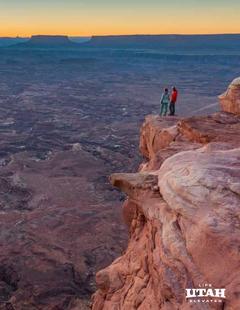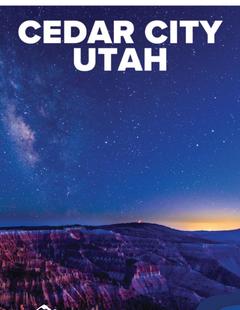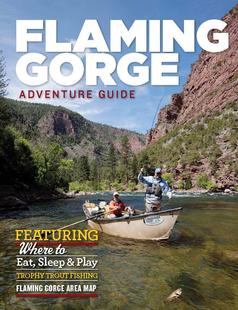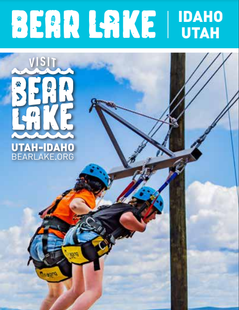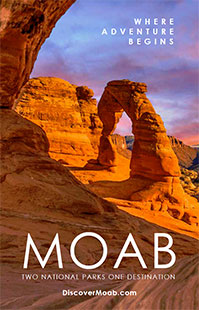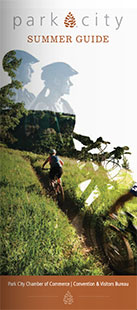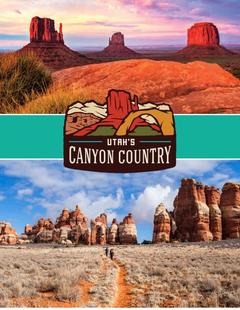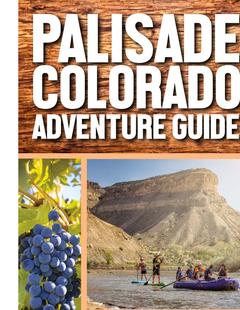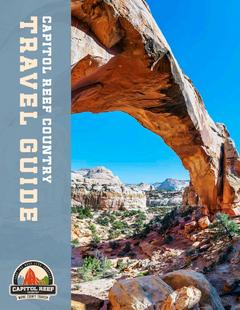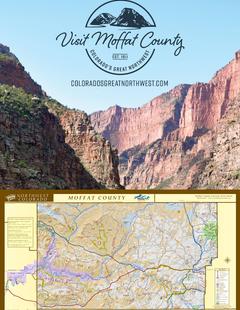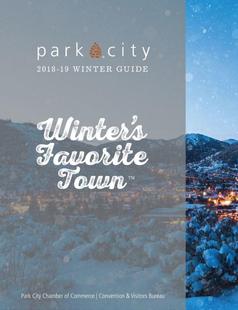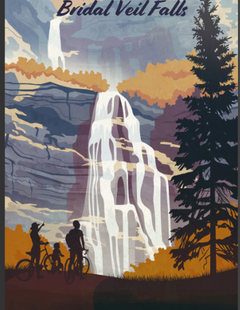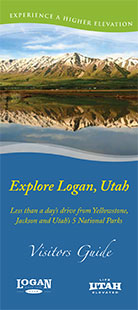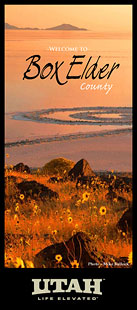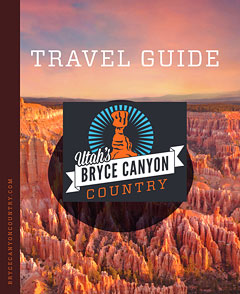Description
Snow might powder the mountains of Utah during mid-winter, but don’t let the threat of inclement weather keep you away from Zion National Park, set in the arid stretch of state to the south. Endowed with the sorts of natural assets to make other national parks blush, Zion also boasts a mild climate. Which means that while everyone else is socked in with a blizzard you might luck out with a pair of 60 degree weekend days. Sure, the place might get dusted with white stuff from time to time, but that’s really just icing on an otherwise irresistible cake of dramatic cliffs and meandering slot canyons. But let us not oversell winter at the expense of the other, equally significant seasons.
Spring, of course, follows winter, and with it comes the expected rain showers. However, it’s worth overlooking the occasional cloudburst for a glimpse of the park with wildflowers in bloom. Skip March, the rainiest spring month, and plan for a visit between April and June to get the best of the blossoms.
Temperatures soar during summer months, which makes it a fine time to consider a hike up one of the park’s most popular river canyons, the Narrows. Since more than half of this canyon hike is through the Virgin River, you’ll appreciate the warmer water and the drying power of the mid-day sun. If you do decide to tackle this spectacular gorge, keep an eye on flash flood warnings before starting out; days too dangerous for this canyon might reveal spectacular flood-fed waterfalls elsewhere in Zion National Park.
We like fall in the park for its cool nights and mild days, perfect for a campfire and stargazing after a day on the trail. Depending on your elevation, you’ll be treated to a fall colors show that beings sometime in September and reaches its photogenic best late October.
In short, there really is no off-season in Zion National Park. In fact, we’d go so far as to recommend visiting at least once in each season. It’s that good.














